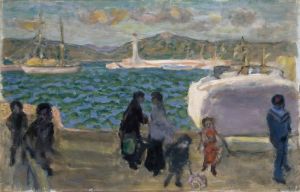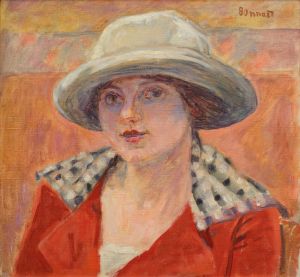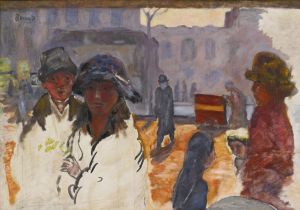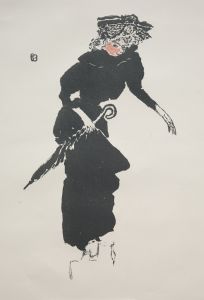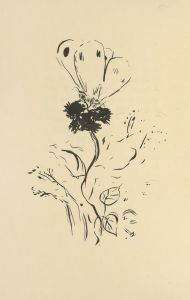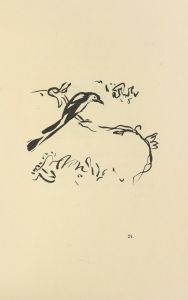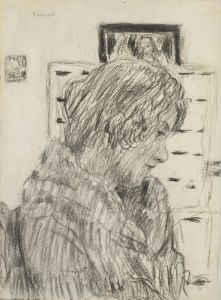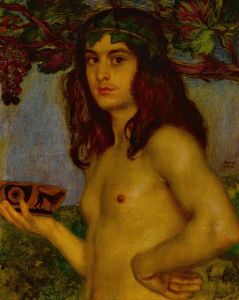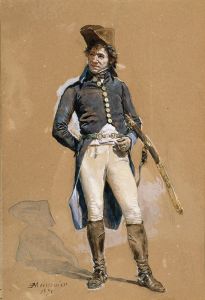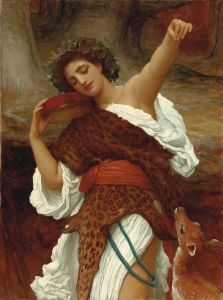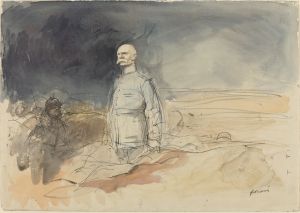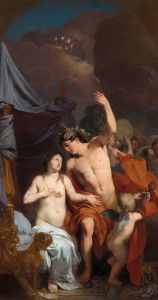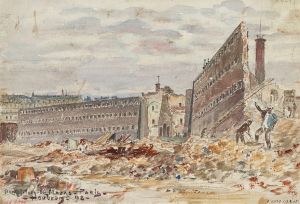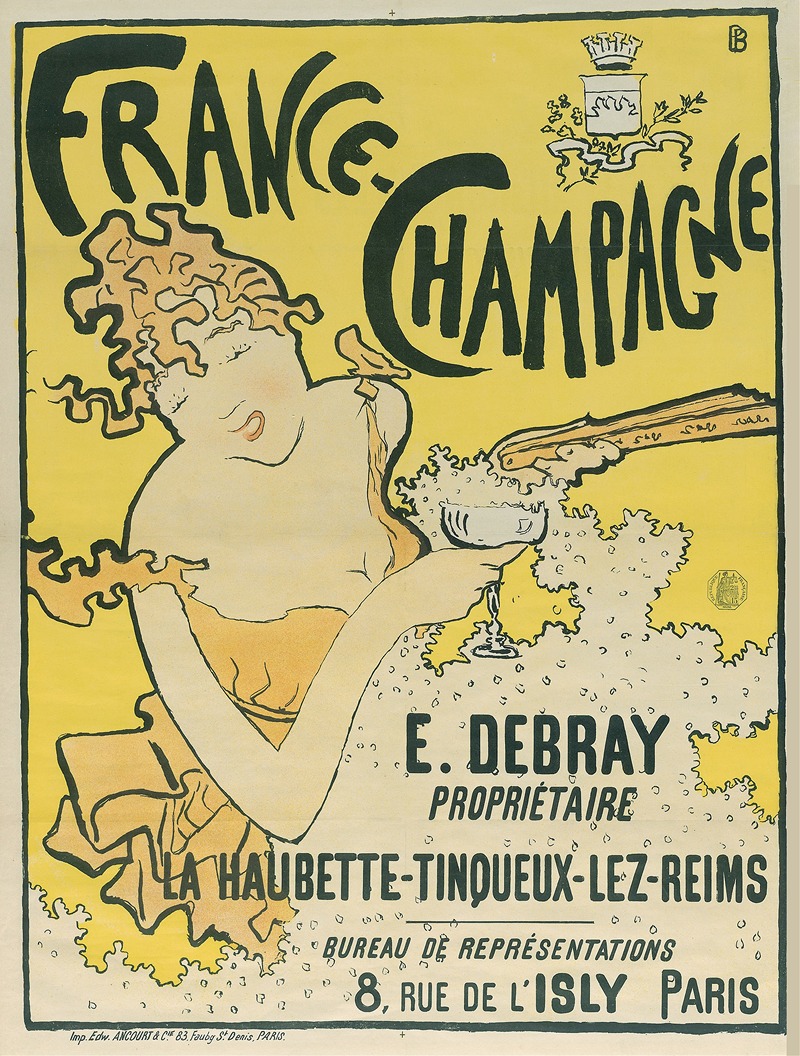
France-Champagne
A hand-painted replica of Pierre Bonnard’s masterpiece France-Champagne, meticulously crafted by professional artists to capture the true essence of the original. Each piece is created with museum-quality canvas and rare mineral pigments, carefully painted by experienced artists with delicate brushstrokes and rich, layered colors to perfectly recreate the texture of the original artwork. Unlike machine-printed reproductions, this hand-painted version brings the painting to life, infused with the artist’s emotions and skill in every stroke. Whether for personal collection or home decoration, it instantly elevates the artistic atmosphere of any space.
Pierre Bonnard's "France-Champagne" is a notable work by the French painter, who was a leading figure in the Post-Impressionist and Nabi movements. Created in 1891, this piece is a lithograph, which is a printmaking technique that Bonnard frequently employed during his career. The work is significant as it marks Bonnard's early exploration into the world of advertising posters, a popular art form in late 19th-century Paris.
"France-Champagne" was commissioned as an advertisement for a brand of champagne, reflecting the burgeoning trend of using art to promote commercial products. This period saw a fusion of art and commerce, with artists like Bonnard, Henri de Toulouse-Lautrec, and Jules Chéret creating visually striking posters that adorned the streets of Paris. These works were not only functional but also celebrated for their artistic merit, contributing to the democratization of art by making it accessible to the general public.
Bonnard's approach to "France-Champagne" showcases his distinctive style, characterized by bold colors, dynamic compositions, and an emphasis on capturing the essence of modern life. The lithograph features a lively scene with figures enjoying the effervescence of champagne, rendered in a manner that is both playful and sophisticated. Bonnard's use of color and form in this piece exemplifies his ability to convey a sense of joy and celebration, qualities that were integral to the appeal of such advertising posters.
The creation of "France-Champagne" coincided with Bonnard's involvement with the Nabis, a group of avant-garde artists who sought to break away from traditional artistic conventions. The Nabis were influenced by Symbolism and Japanese prints, and they emphasized the importance of color and flatness in their work. Bonnard's lithograph reflects these influences, particularly in its use of flat areas of color and its decorative quality.
"France-Champagne" is also significant in the context of Bonnard's broader oeuvre. While he is best known for his intimate domestic scenes and landscapes, his foray into commercial art demonstrates his versatility and willingness to experiment with different media and subjects. This work, along with other posters he created during this time, helped establish Bonnard's reputation as a skilled and innovative artist.
The impact of "France-Champagne" extends beyond its immediate commercial purpose. It is an example of how art and advertising intersected at the turn of the century, reflecting broader cultural and social changes. The poster not only promoted a product but also contributed to the visual culture of the time, influencing both contemporary and future generations of artists and designers.
Today, "France-Champagne" is appreciated not only as a piece of advertising history but also as a work of art in its own right. It is part of various collections and exhibitions that celebrate the legacy of Pierre Bonnard and the vibrant artistic milieu of late 19th-century Paris. Through this lithograph, Bonnard's contribution to the evolution of modern art and advertising continues to be recognized and celebrated.





